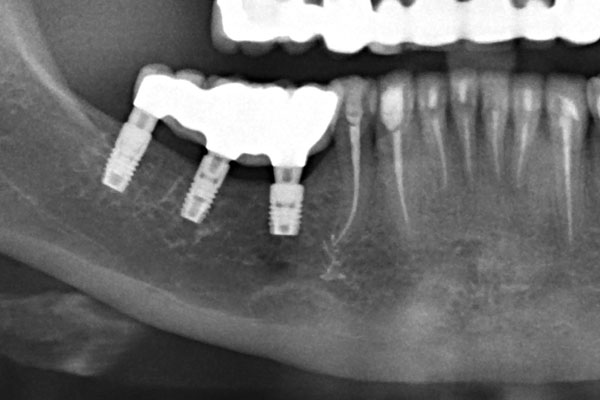Crown-to-implant ratios and implant treatment outcomes
Should I worry when an implant is short and the inter-occlusal space is long? Does splinting make a difference in cases involving short implants?
In splinted implants, supposedly unfavourable crown-to-implant ratios did not show more failure or complication rates. In single-implant restorations crown-to-implant ratios from 0.9 to 2.2 have not been associated with the occurrence of biological or technical complications. Hence short implants with long crowns can be considered a valid treatment option to simplify or avoid more complex augmentation procedures.
It is not known whether crown-to-implant ratios of various sizes could influence survival or complication rates. Nor is there any data available on the performance of these types of prostheses between two dental units compared with distal end prostheses. Although clear evidence exists on the viability of crown lengths (up to double the implant length), randomised long-term studies are needed to compare these crown-to-implant ratios with longer implants in augmented bone and prostheses with normal dimensions.

- 1. Crown lengths up to double the implant size have not been associated with biological or technical complications in single or splinted reconstructions
- 2. Short implants with long crowns could be a simpler alternative for complex augmentation procedures